#aquatic animals
Text
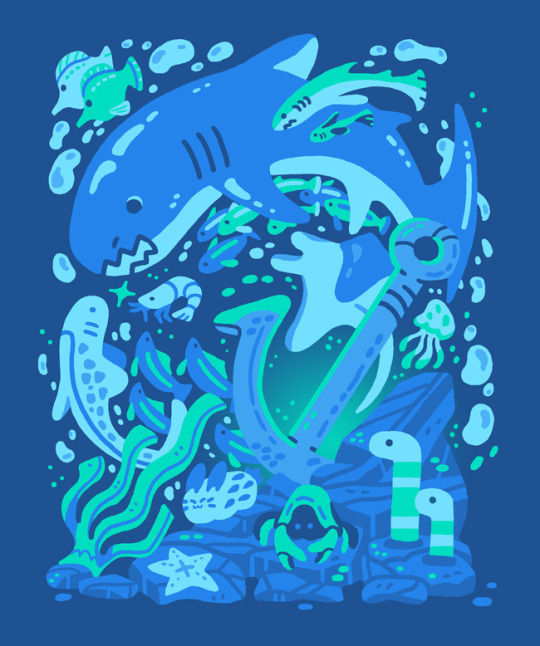

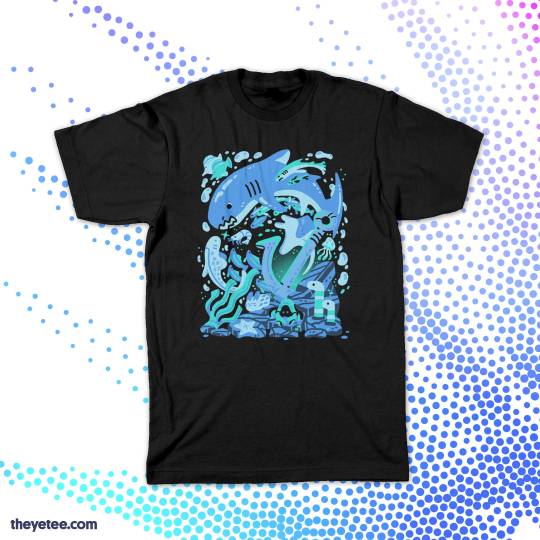
Ocean Exploration
Many wonders await beneath the waves. Available from now until April 28th on tees and tanks! Catch it before it's the one that got away! 🌊🐠🪸🦈
#ocean#sharks#fish#aquatic animals#art#underwater#cute#sea bunny#nudibranch#manta ray#sea life#sea creatures#illustration
21 notes
·
View notes
Text
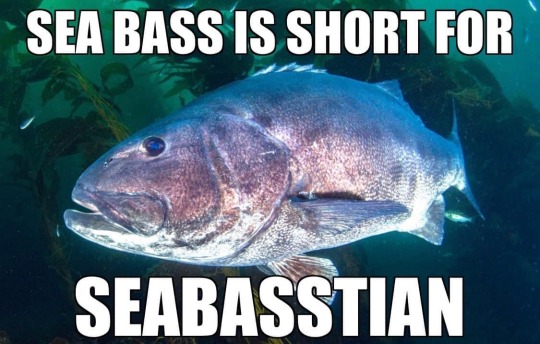
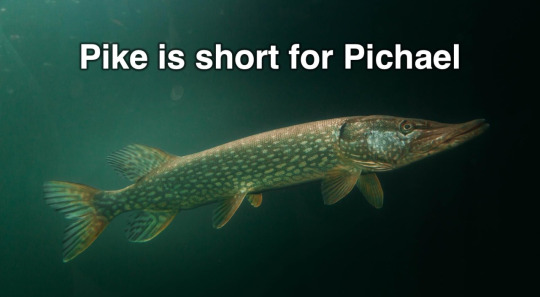
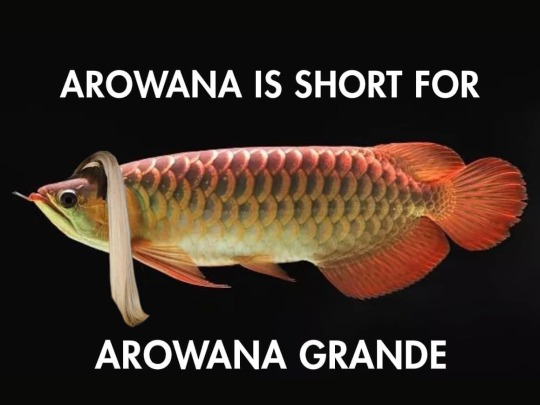



I've been collecting these for a few weeks and I NEED MORE
#fish memes#aquarium#marine biology#fish#oceancore#sea animals#aquatic animals#ocean#ocean aesthetic#ocean memes#memes#sea creatures#is short for meme
150K notes
·
View notes
Photo
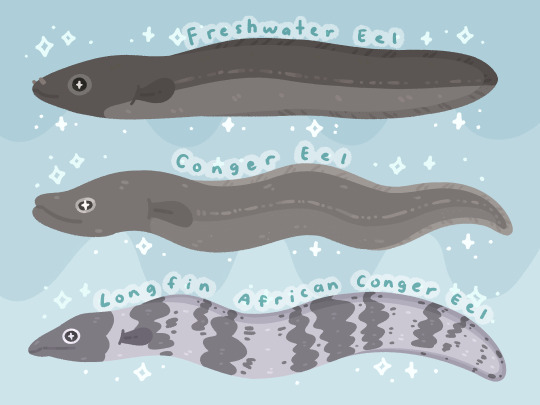


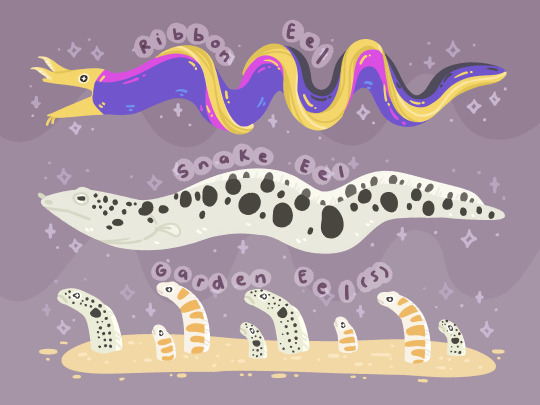
🪸 so much eels 🪸
#eels#eel art#freshwater eel#conger eel#longfin african conger eel#green moray#honeycomb moray#banana moray#zebra moray#snowflake moray#dragon moray#dwarf moray#ribbon eel#snake eel#garden eels#marine animals#ocean creatures#aquatic animals#procreate drawings#originals
3K notes
·
View notes
Text






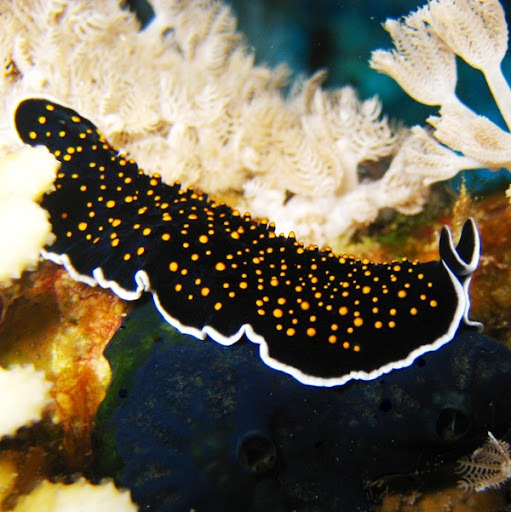




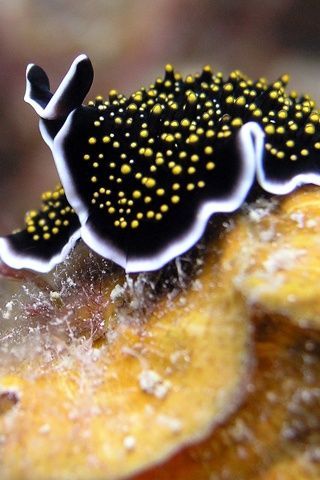

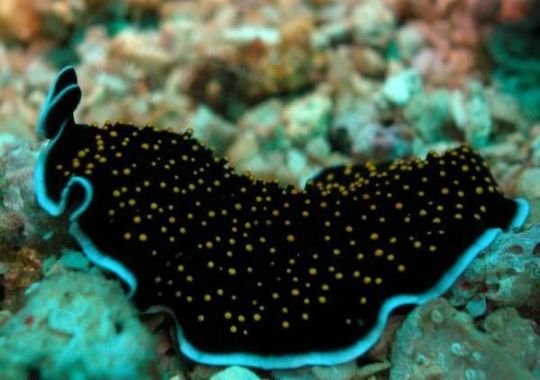
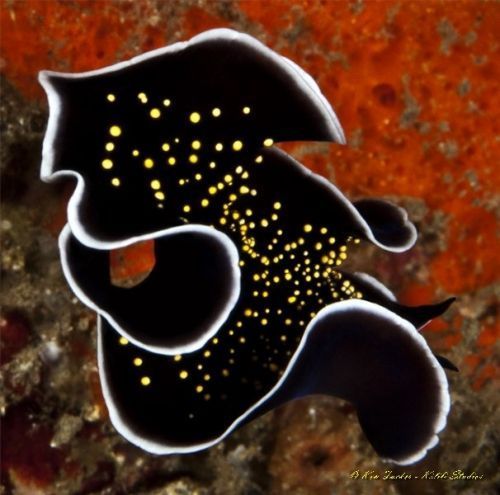

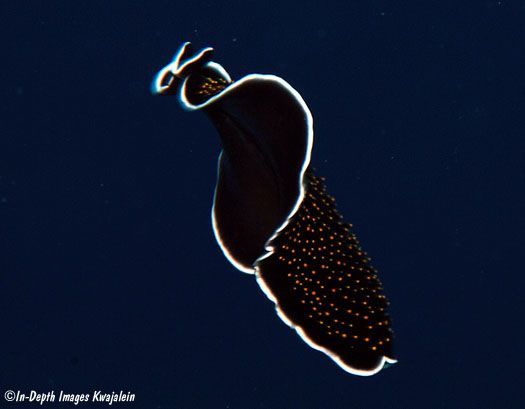

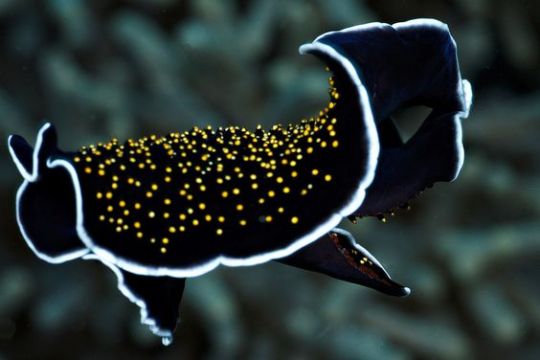
Червь плоский желтопятнистый (Thysanozoon havomaculatum) . Морской червь из класса ресничные черви, или турбеллярий. Принадлежит отряду Поликлад. Имеет уплощённое, овальное тело, покрытое ресничным эпителием. Длина этого симпатичного создания около 4 см, а толщина всего пару миллиметров. Передний конец его тела несёт пару щупалец. Мускулатура этого плоского червя многослойная, хорошо развитая, благодаря ей он способен подниматься в толщу воды за счёт ундулирующих движений краёв тела, а не только обитать на дне. Этот свободноживущий плоский червь питается преимущественно как хищник, водными беспозвоночными. Встречается в морях вокруг Австралии и Индонезии.
Yellow-spotted flatworm (Thysanozoon havomaculatum). A marine worm from the class of ciliated worms, or turbellarians. Belongs to the Polyclad squad. It has a flattened, oval body covered with ciliated epithelium. The length of this cute creature is about 4 cm, and the thickness is only a couple of millimeters. The front end of its body bears a pair of tentacles. The musculature of this flatworm is multi-layered, well developed, thanks to it it is able to rise into the water column due to undulating movements of the edges of the body, and not just live on the bottom. This free-living flatworm feeds primarily as a predator on aquatic invertebrates. It is found in the seas around Australia and Indonesia.
Источник:https://t.me/+t0G9OYaBjn9kNTBi, //www.webdive.ru/fotocat.php?t=11&id=20542&mode=view, http://mylongdongbay.blogspot.com/2007/07/save-ocean-cherish-marine-lives.html, /ru.pinterest.com/pin/630644754053053958/, http://www.akkiira.com/hiramushi/yoimiyaminohiramusi-swimming.html, //foxford.ru/wiki/biologiya/tip-ploskie-chervi?utm_referrer=https%3A%2F%2Fwww.google.com%2F.
#fauna#video#animal video#marine life#marine biology#nature#aquatic animals#Polyclad#Yellow-spotted flatworm#ocean#sea#corals#plankton#animal photography#nature aesthetic#видео#фауна#природа#Поликлады#Червь плоский желтопятнистый#океан#кораллы#планктон#море
811 notes
·
View notes
Text


aquatic animal illustrations for friends, 2
#art#artists on tumblr#mixed media#collage#acrylic painting#colored pencil#traditional art#fish#fishblr#deep sea fish#fish art#aquatic life#marine animals#marine biology#aquatic animals#wormart
607 notes
·
View notes
Text
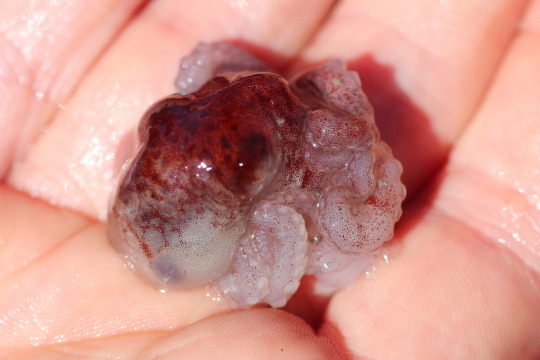
Daily Cephalopod #57
#octopus#giant pacific octopus baby#daily cephalopod#cephalopod#cephalopods#marine life#marine critters#marine animals#marine creatures#marine biology#ocean creatures#ocean critters#ocean animals#ocean life#aquatic animals#aquatic life#sea animals#sea life#sea creatures#biology#zoology#animals
559 notes
·
View notes
Text

this blog is for nurse shark appreciation
#🦈: my posts#🦈: silly#🦈: spinterest#🦈: sharks#nurse sharks#sharks#sharkposting#sharkies#shark posting#nurse shark#shark#marine life#sea creatures#sea life#marine animals#marine biology#aquatic animals#fish#1k#clarice's chart toppers
1K notes
·
View notes
Text
#fork#aquatic animals#animals#beautiful animals#funny#funny animals#cute video#cute animals#cute#yolas0
209 notes
·
View notes
Text

Clownfish at Osaka Aquarium Kaiyukan
#fish#fishes#clownfish#aquatic animals#animals#marine biology#nature#wildlife#nature photography#photography#mine#ecology#naturalist#vertebrates#asia#japan#aquarium#zoo animals#zoo
557 notes
·
View notes
Text

Cosmic Whale
#my art#artists on tumblr#animal art#cute animals#original art#digital art#whale#sea creatures#aquatic animals#fantasy art
189 notes
·
View notes
Text

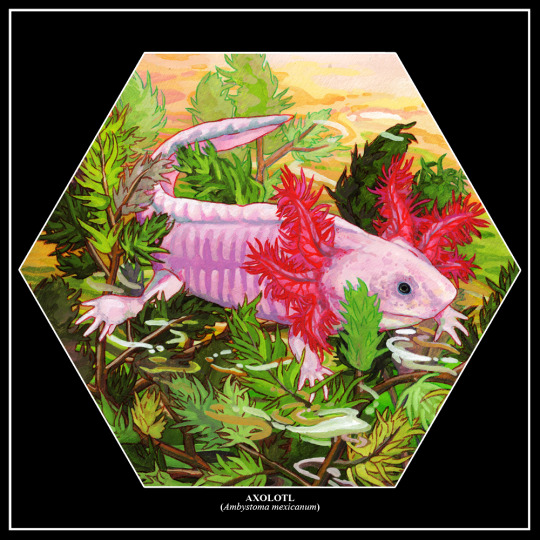
AXOLOTL PRINTS AVAILABLE!
4K notes
·
View notes
Text
Octopus | Spiritual Animals
Hello and welcome to this post! I decided to introduce a new series to my blog: Spiritual Animals. In this series I will give information on animals via a spiritual perspective. I hope you guys like and enjoy it! Feel free to request specific animals you'd like to see! @lepoulpe-blog
Masterlist > Questions > Paid Readings [NEW]


Octopus

Octopi are associated with many things throughout cultures, the main things however are; adaptability, intelligence, and mystery. As well as problem-solving abilities and elusive nature.
There isn't a direct association between octopi and a specific planet. Although the one most alligned would probably be Neptune due to the connections to the oceans.
The same counts for zodiac signs, although the traits and qualities of the octopus could align with the water signs; Cancer, Scorpio and Pisces. Again, due to their connection with the aquatic.

#spiritual animals#spirit animals#spirit animal#octopus#octopi#aquatic animals#aquatic animal#water#water signs#astrology#zodiac sign#zodiac signs#spirituality#spiritual#tarot reading#pick a card#loa#law of affirmation#divination#spirit guides#spirit guide#spirit team#spiritualgrowth#spiritual guidance#spiritual development#tarotblr#witchblr#shadow work#tarot#channeling
193 notes
·
View notes
Photo

🐟🪨 Sturgeon Sturgeon 🐟🪨
#sturgeon#sturgeons#Acipenseridae#marine creatures#aquatic animals#river fish#fishes#fish#fish art#originals
1K notes
·
View notes
Text

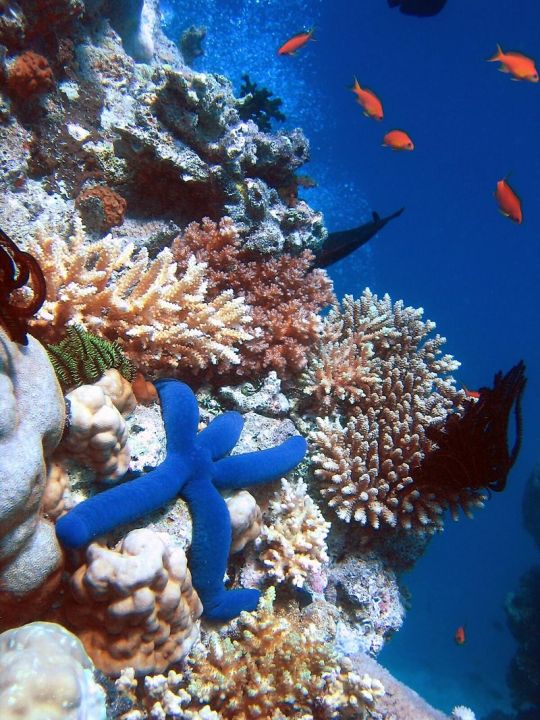
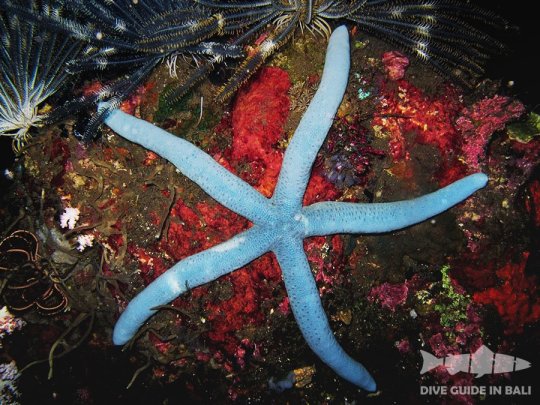


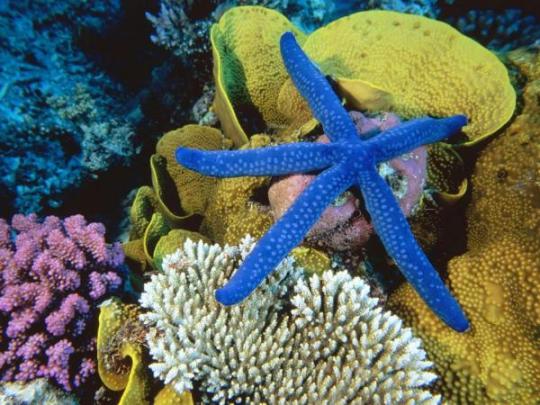




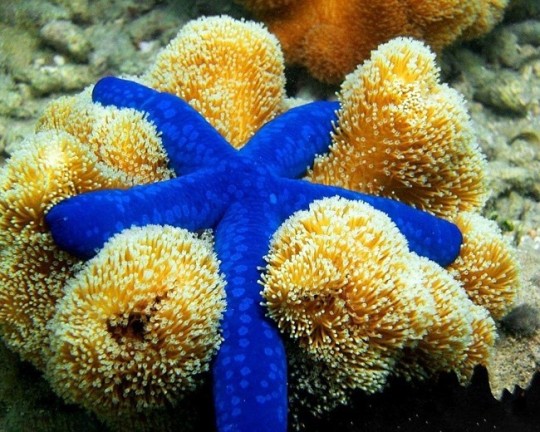
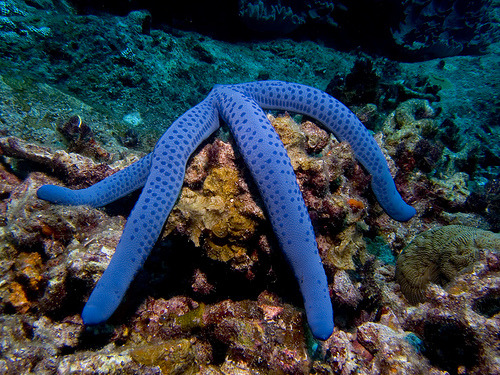
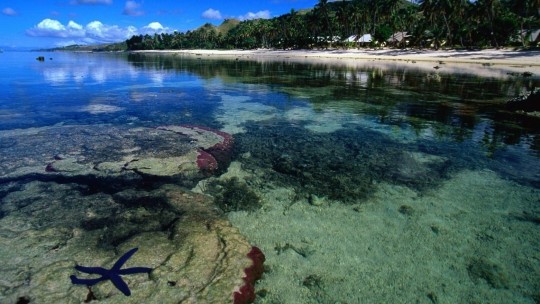
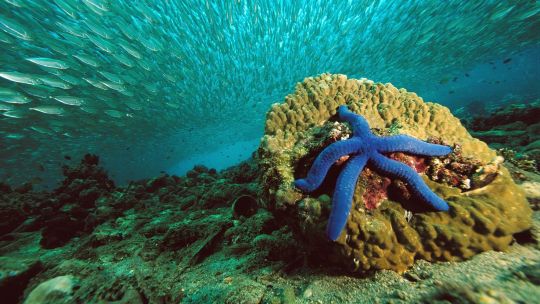
Морская звезда линкия синяя
Linckia Laevigata (: Blue star fish)
Ярко-синяя морская звезда (пигмент линкиацианин) с пятью длинными цилиндрическими лучами. Вырастает до 30—40 см в диаметре. Ярко окрашенное тело защищено твердым известковым скелетом, состоящим из подвижных пластин. Еще одной защитой морской звезды являются шипы, бугорки или иглы, расположенные на верхней стороне тела.. Обитает в водах от западной части Индийского океана до юго-восточной Полинезии в Тихом океане.
Эта звезда встречается в закрытых лагунах, на рифовых плато и на внешних стенках рифов, от приливно-отливной зоны до глубин 25-30 м, хотя иногда встречается также и на глубине до 50 м. Особи, обитающие на мелководье, обладают лазурной или сиреневой окраской, иногда с более темным крапом. Звезды с больших глубин обычно окрашены не так ярко, они бывают сероватых, желтоватых или розоватых оттенков.Предпочитает жить поодиночке, ведя преимущественно ночной образ жизни. В отличие от других родов морских звезд, размножается особым бесполым способом. Самопроизвольно отломившийся луч отползает в сторону, и из него развивается новая морская звезда. У материнской особи на месте утерянной руки вырастает новая.
A bright blue starfish (linkiacyanin pigment) with five long cylindrical arms. Grows up to 30-40 cm in diameter. The brightly colored body is protected by a hard calcareous skeleton consisting of movable plates. Another defense of the starfish is the spines, tubercles or spines located on the upper side of the body. It lives in waters from the western Indian Ocean to southeastern Polynesia in the Pacific Ocean.
This star is found in enclosed lagoons, on reef plateaus and on the outer walls of reefs, from the intertidal zone to depths of 25-30 m, although sometimes also found at depths of up to 50 m. Specimens found in shallow waters are azure or lilac in color , sometimes with darker specks. Stars from great depths are usually not so brightly colored; they are grayish, yellowish or pinkish. They prefer to live alone, being predominantly nocturnal. Unlike other genera of starfish, it reproduces in a special asexual way. The spontaneously broken off ray crawls to the side, and a new starfish develops from it. The maternal individual grows a new one in place of the lost one.
Источник:/allviet.ru/animals/blue-star-fish.html,
telegram Океан, http://akvariumnye-ribki.ru/?do=shop&item=3569,
/aquastatus.ru/viewtopic.php?t=25515,
/ru.wikipedia.org/wiki/Линкия,
http://ru.diveguideinbali.com/news/19-interesnye-fakty-morskie-zvezdy.html,
/akvarium-moskva.ru/akvariumnye_obitateli/morskie-zvezdy.html,
akvarium.org/invertebrates/asteroidea/linckia-laevigata/,
/ru.wallpaper.mob.org/pc/image/animal-starfish-205649.html
#video#animal video#marine life#marine biology#nature#aquatic animals#underwater#echinoderms#starfish#ocean view#ocean#waves#reef#seaweed#sand#animal photography#nature aesthetic#видео#фауна#природнаякрасота#природа#океан#иглокожие#морская звезда#Линкия#волны#риф#кораллы#водоросли#песок
636 notes
·
View notes